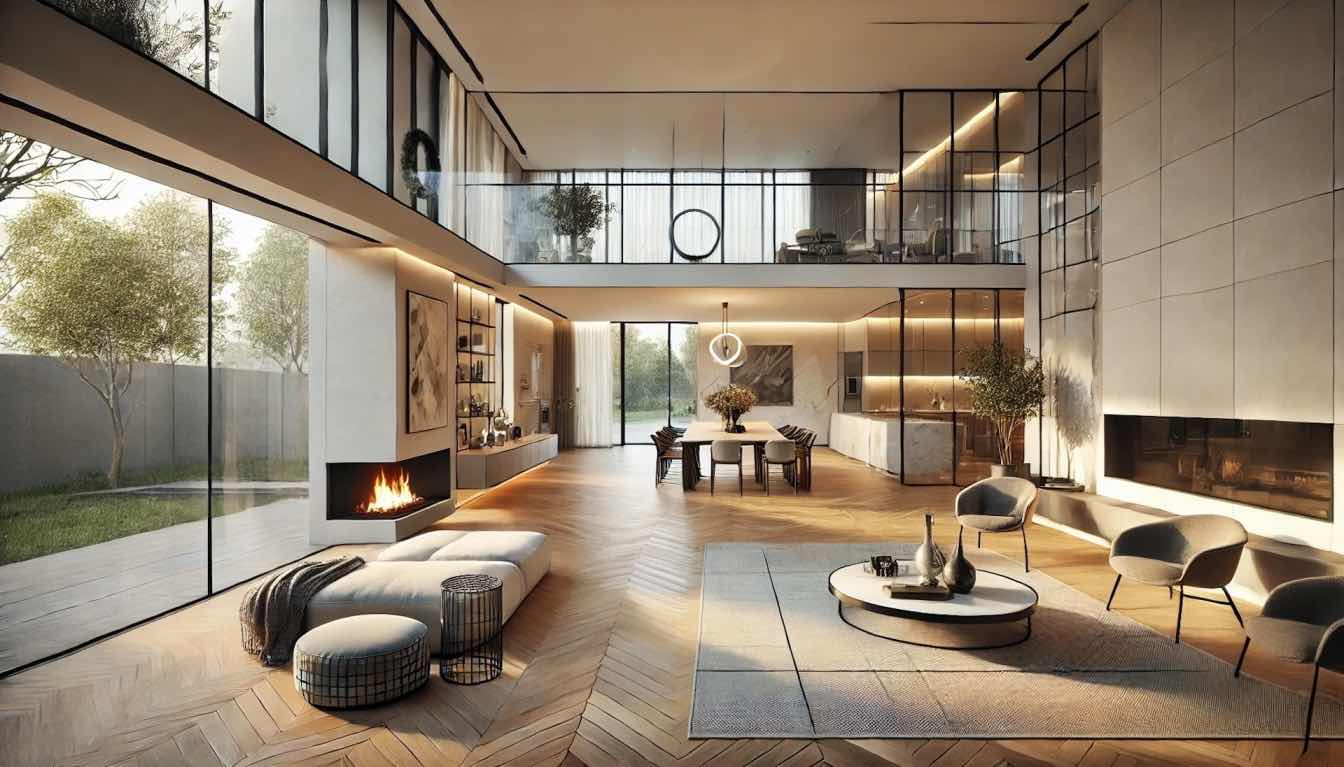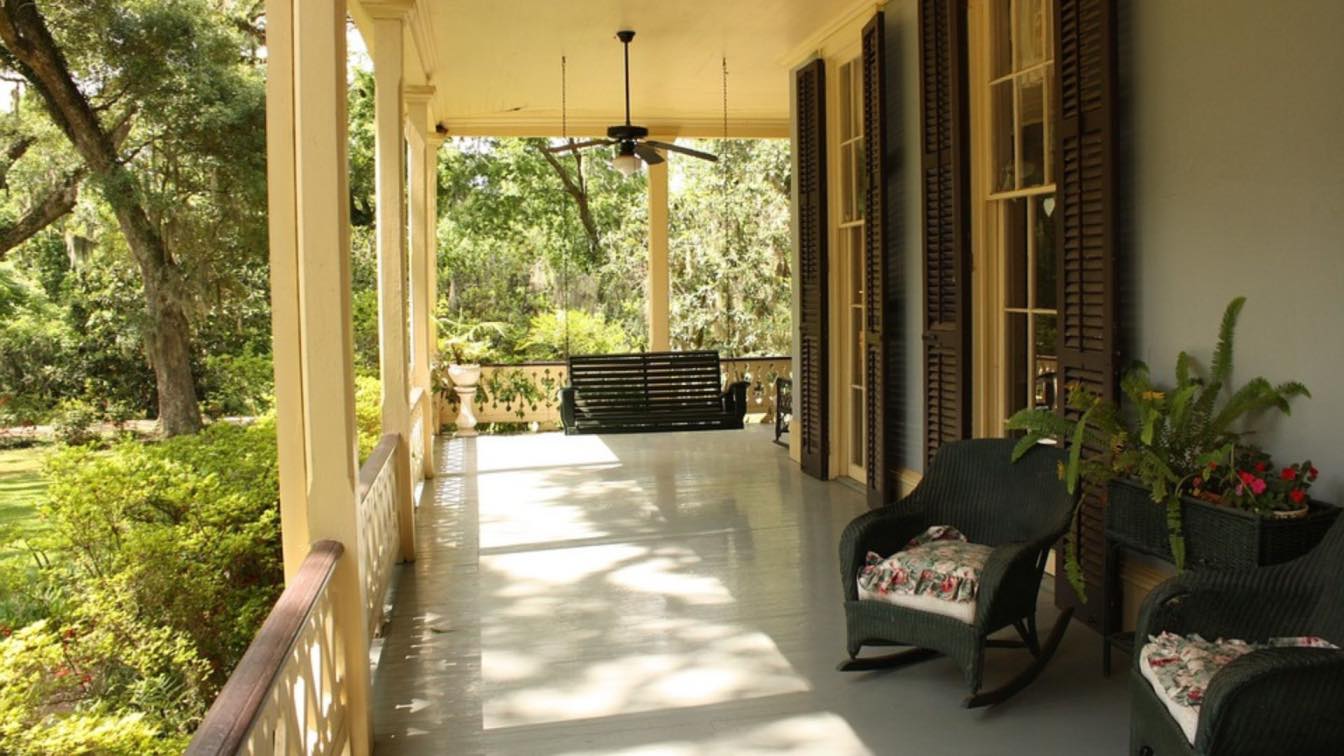The thrill of owning your own property as a first-time home buyer is unmatched. However, maintaining your home and making upgrades may seem like a lot of work. Performing a few little home improvement projects may raise the value, appearance, and feel of your property. In this book, we'll look at many projects that are ideal for first-time homeowners, with a focus on subtle but significant changes. We'll also talk about how some elements, like the type of architectural glass used in windows or doors, may improve both the space's beauty and functionality.
1. Fresh Paint: The Most Basic and Groundbreaking Upgrade
A fresh coat of paint can completely transform the look and feel of your new home. Whether you want to brighten a room with brighter colours or add depth with deeper tones, painting is a cost-effective way to add individuality to any area. As a new homeowner, this is one of the easiest and least invasive things you can do.
Consider hiring professionals to paint if you don't feel comfortable doing it yourself. Skilled painters can complete a room in one or two days, guaranteeing clean edges and a flawless finish. Since eco-friendly paint options contain less chemicals and enhance indoor air quality, it's also good to look into them.
2. Landscape Design: Boost Curb Appeal Without Going Over Budget
People first see your property from the outside. First-time buyers often overlook landscaping, despite the fact that it may significantly improve curb appeal and perhaps increase the value of your home. Start with simple tasks such as mowing the lawn, trimming overgrown bushes, and planting bright flowers.
If you have more money to invest, think about adding larger landscaping features like a walkway, stone edging, or perhaps a small water feature. You may be able to save time and money by installing native, low-maintenance plants that are native to the area. This may reduce water use and upkeep.
3. Contemporary Flooring: An Expensive Purchase
Flooring is a crucial area that new homeowners may want to modify significantly. Depending on how well your home is maintained, you could find old carpet, worn-out vinyl, or scuffed hardwood floors. Replacing flooring may be a more challenging task, but it may greatly improve the look and functionality of your room.
For individuals on a limited budget, there are a number of low-cost flooring options, including laminate, vinyl plank, and engineered wood. These materials resemble hardwood but are often more cost-effective and durable. Refinishing hardwood floors that currently exist is also an excellent way to rejuvenate aged flooring without having to replace it entirely.
4. Bathroom Renovations: Minor Changes, Major Effect
As one of the most utilised rooms in the house, the bathroom might benefit from little improvements to increase comfort and convenience. Start with little changes, like changing out the outdated light fixtures, adding a new showerhead, or improving the faucets.
If you're willing to spend a little more, consider replacing the vanity or even installing new tiles for a completely refreshed look. Energy-efficient fixtures should be considered since they may lower your water and electricity bills. Improving the ventilation in the bathroom is also crucial to preventing the growth of mould and mildew and preserving the structural integrity of your home.
5. Lighting: Design the Lighting in Your House
A well-designed lighting arrangement may greatly improve the ambience of your house. For first-time homeowners, energy-efficient, modern lighting fixtures need to be the first focus. For instance, compared to traditional bulbs, LED lighting uses less energy and lasts longer.
Consider adding task, accent, and ambient lighting on top of the current layers. This approach will provide enough illumination for a variety of activities while enhancing each area's visual appeal. A dimmer is yet another great option for creating a cosy and unique atmosphere.
6. Window Upgrades: Enhancing Appearance and Energy Economy
Windows are a crucial part of the home for insulation, energy efficiency, and aesthetic appeal, even if they are often disregarded. Replacing draughty, old windows with new, energy-efficient ones might result in significant cost savings on heating and cooling. Selecting high-quality architectural glass types may also improve the look and functionality of your house.
Consider utilising architectural glass for your windows, doors, or even internal barriers to create an airy, open feeling throughout your home. Your home may become more visually beautiful and cosy by updating your windows. Double-pane windows, which increase insulation, and UV-blocking speciality glass are available options.
7. Smart Home Technology: Taking Your Home Into the Future
Another great idea for first-time homeowners is the integration of smart home technologies. Devices like thermostats, security cameras, and smart lighting systems may improve your home's energy efficiency and security. You may remotely control the temperature of your house with the use of smart thermostats, which will reduce the amount of energy you consume while you're gone. Similarly, smart locks and cameras may increase your home's security and provide newlyweds peace of mind.
Many smart devices are very easy to install; all you need is a Wi-Fi connection and a smartphone app. Because they increase convenience and make your home more appealing to prospective buyers, these upgrades might increase the overall value of your property.
To sum up, think big, start small.
First-time homebuyers often experience feelings of overwhelm due to the multitude of possibilities and challenges that accompany homeownership. Nonetheless, by starting with these manageable home improvement projects, you may gradually enhance the appearance, atmosphere, and market worth of your property. Whether it's painting, gardening, or choosing the perfect architectural glass for energy-efficient windows, these projects allow you to make smart, affordable improvements to your house without sacrificing style.
Remember that owning a house is a process, so focus on projects that meet your goals and financial constraints. Little changes might add up to a huge change over time.





